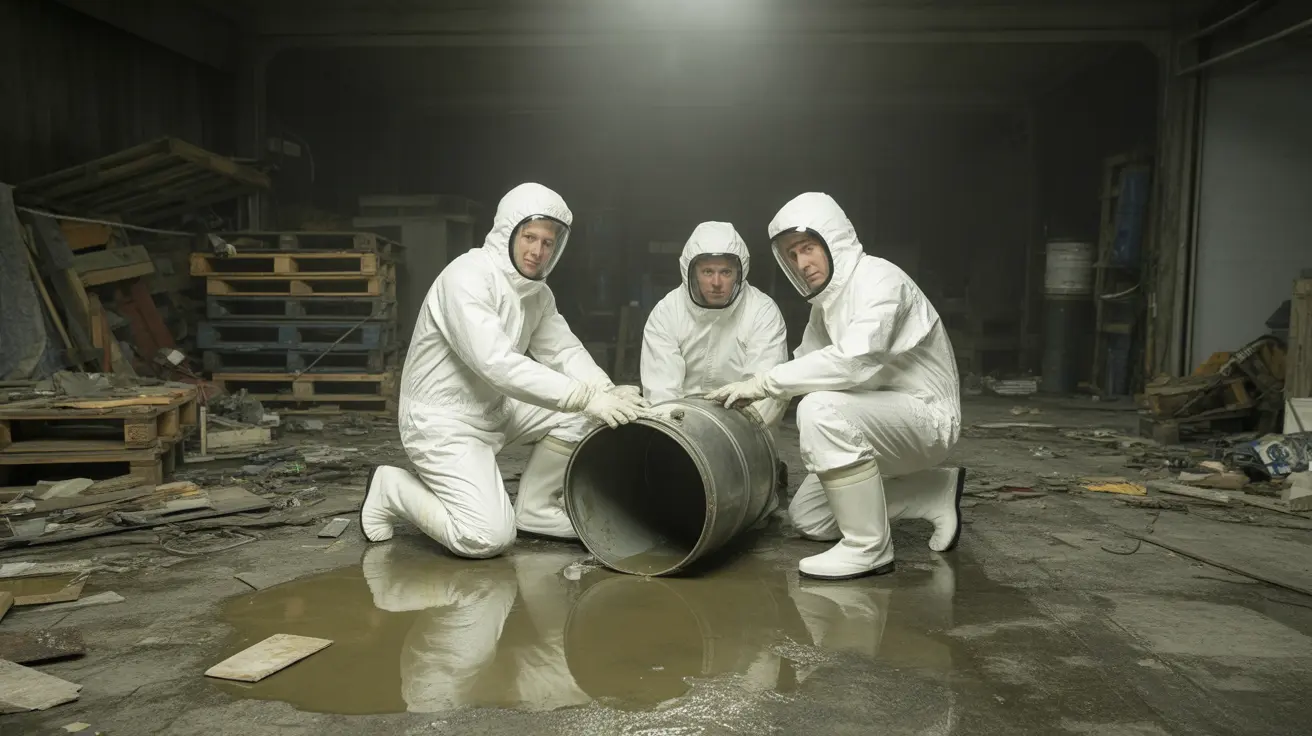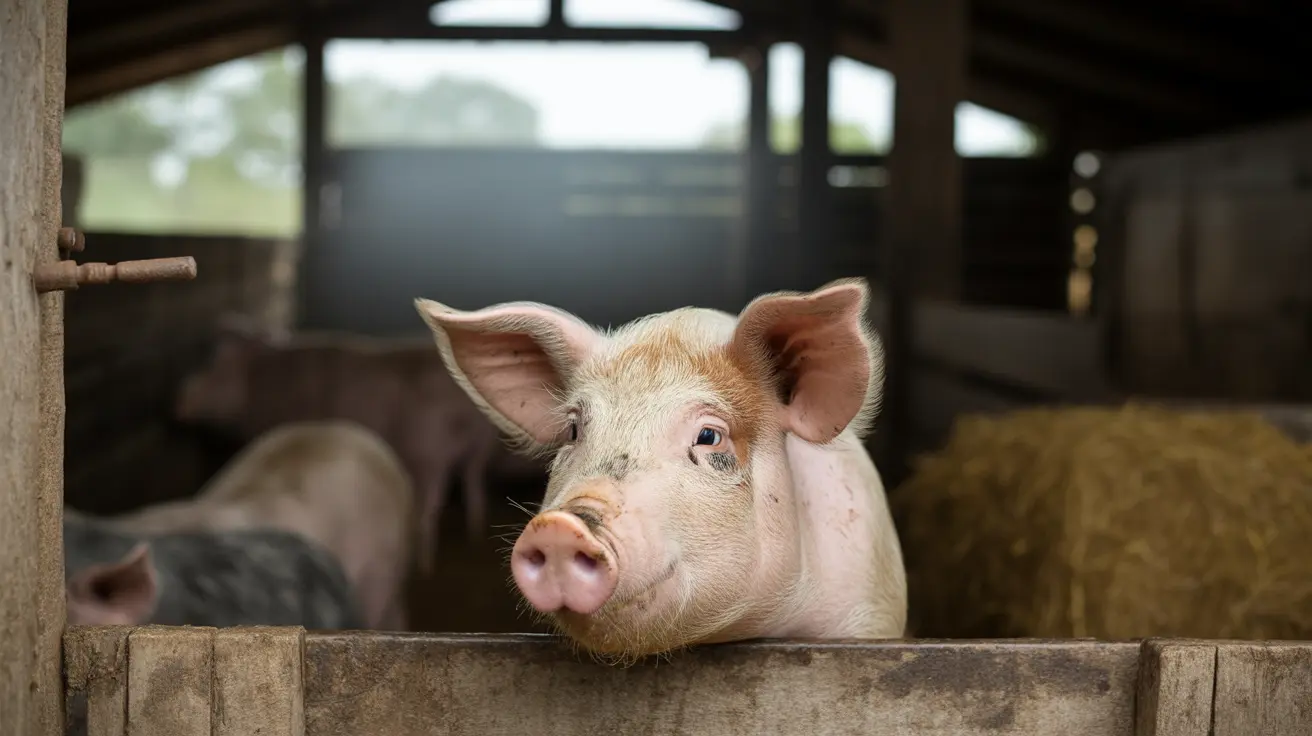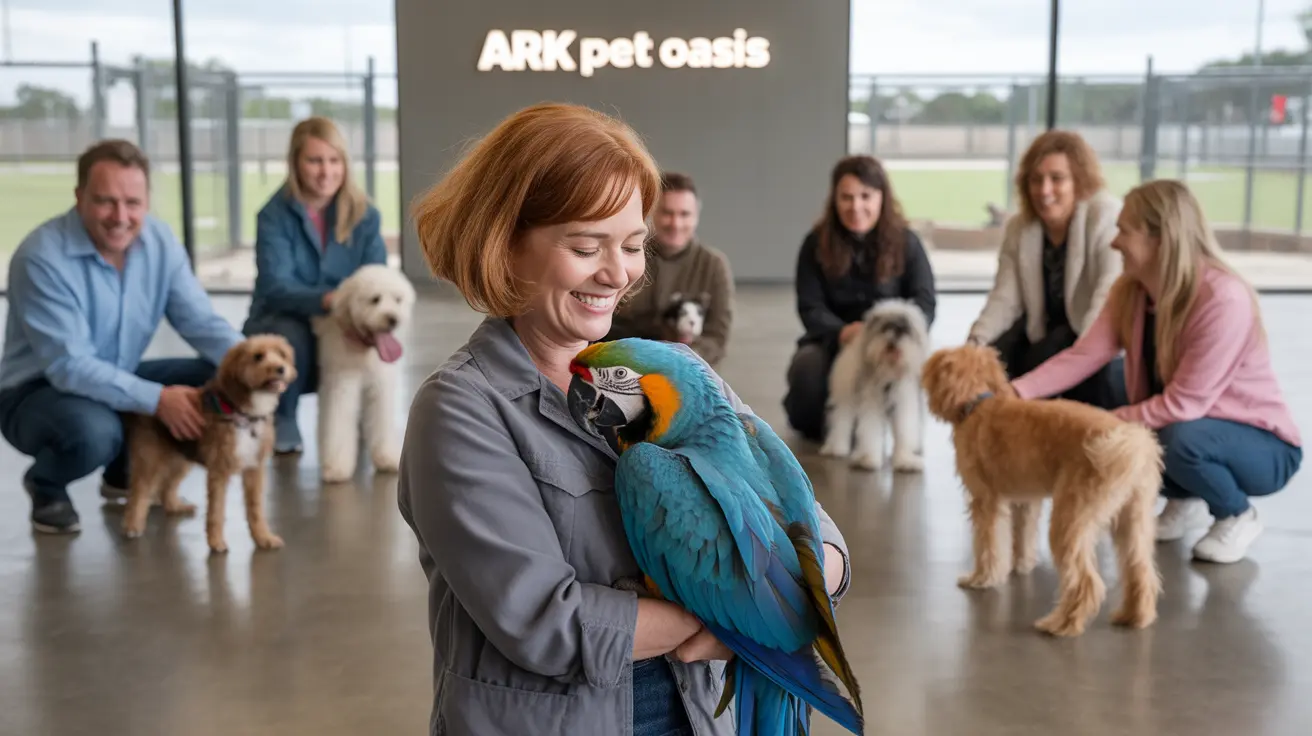Animal hoarding signs became evident when rescue workers recently discovered and saved 10 animals from severely neglected conditions in what authorities described as a hoarding situation. The case brings attention to a persistent issue affecting both animal welfare and community health.
The rescue operation revealed the harsh reality of animal hoarding, where multiple pets were found living in unsanitary conditions after being abandoned. This incident serves as a stark reminder of the complex challenges facing animal welfare organizations and the importance of early intervention in hoarding situations.
The Impact of Animal Hoarding on Pet Health
When animals are kept in hoarding conditions, they often face severe health complications. These can include:
- Malnutrition and dehydration
- Untreated medical conditions
- Psychological trauma
- Behavioral issues from lack of socialization
- Exposure to unsanitary living conditions
Public Health Risks Associated with Animal Hoarding
Animal hoarding public health risks extend beyond the immediate welfare of the pets involved. These situations can create serious health hazards for both human and animal residents, including:
- Accumulation of animal waste
- Poor air quality
- Risk of disease transmission
- Structural damage to properties
- Impact on neighboring residences
The Rescue and Rehabilitation Process
When addressing animal hoarding rescue operations, professional organizations follow careful protocols to ensure both animal and human safety. The process typically involves:
Initial Assessment and Intervention
Teams must first evaluate the situation's severity and develop an appropriate rescue plan. This includes documenting conditions and coordinating with various agencies, including animal control and public health officials.
Animal Hoarding Rehabilitation
Once rescued, animals undergo comprehensive veterinary evaluations and begin their journey toward recovery. This process may include:
- Emergency medical treatment
- Behavioral assessment
- Psychological rehabilitation
- Socialization training
- Preparation for eventual adoption
The Role of Community Response
Understanding how to report animal hoarding is crucial for community members who suspect such situations in their neighborhoods. Early reporting can prevent situations from deteriorating and help save animals before conditions become severe.
Frequently Asked Questions
What are the warning signs of animal hoarding in my neighborhood?
Look for homes with large numbers of animals, visible neglect (animals appear sick, thin, or injured), strong odors of urine or feces, deteriorating property conditions, and residents who are socially isolated and reluctant to allow visitors inside.
How does animal hoarding affect rescued pets' health and behavior?
Pets rescued from hoarding often suffer from malnutrition, untreated illnesses, injuries, and psychological trauma. They may need extensive medical care and behavioral rehabilitation before being ready for adoption.
How can I report suspected animal hoarding in my area?
Contact your local animal control agency, humane society, or non-emergency police number. Provide as much detail as possible about the location, number of animals, and visible signs of neglect or unsanitary conditions.
Moving Forward
The successful rescue of these 10 animals highlights both the challenges and importance of addressing animal hoarding situations promptly. While this case represents a positive outcome for the animals involved, it serves as a reminder of the ongoing need for community awareness and proper reporting of suspected hoarding cases.
Remember that animal hoarding is often a complex issue requiring compassionate intervention for both the animals and humans involved. By staying informed and alert to the signs of animal hoarding, community members can play a crucial role in preventing similar situations and ensuring the safety and well-being of animals in their neighborhoods.






